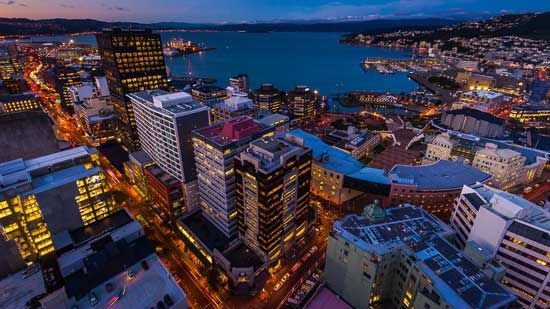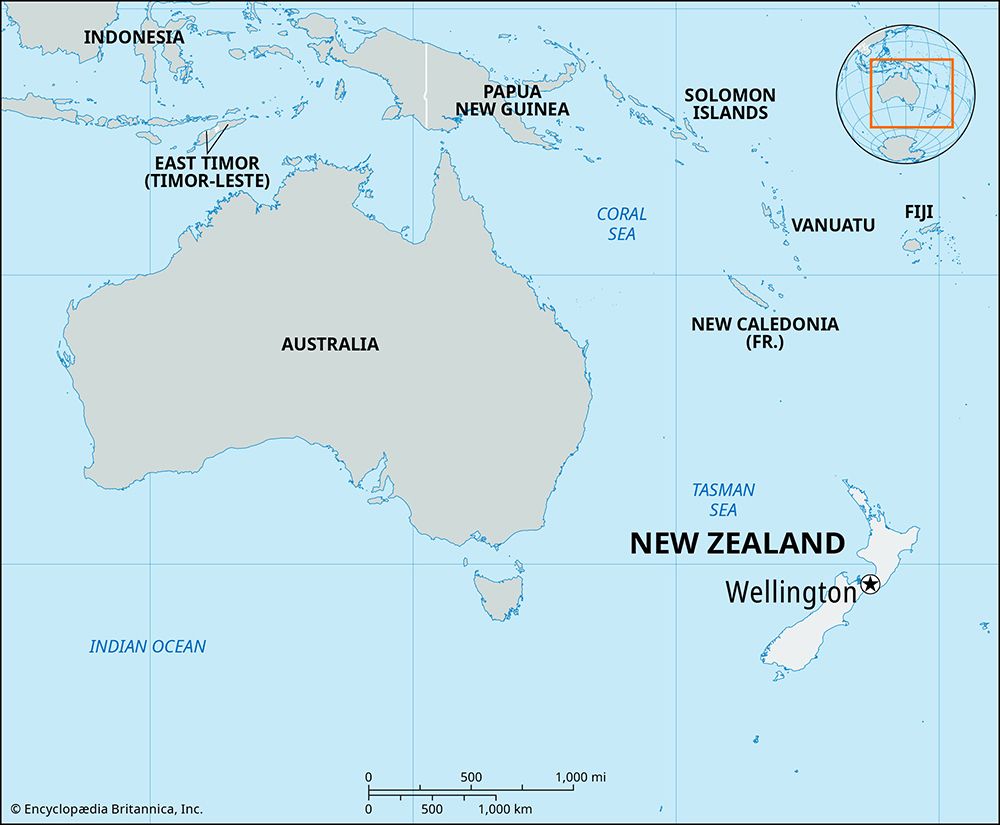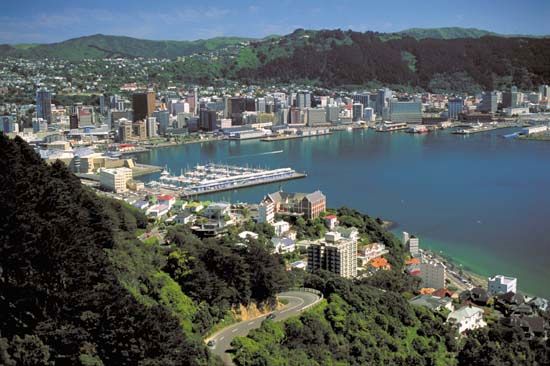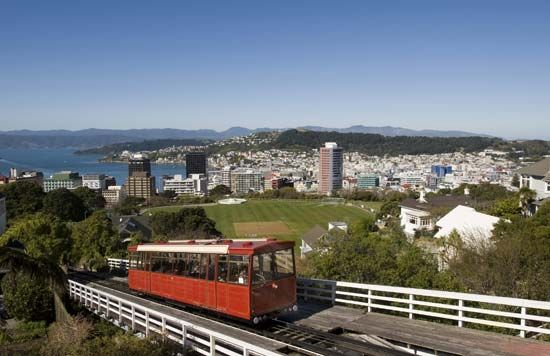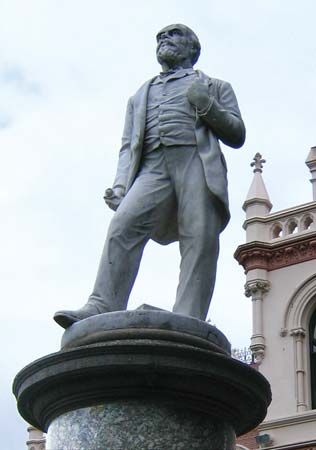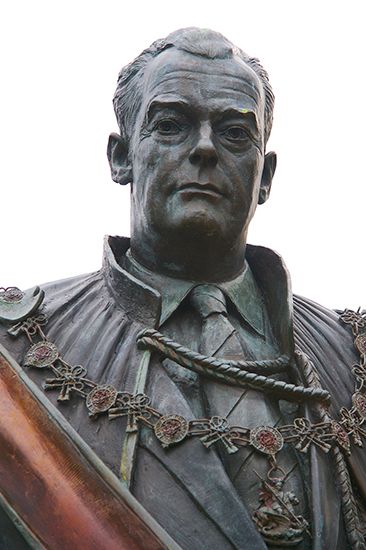Wellington
Our editors will review what you’ve submitted and determine whether to revise the article.
News •
Wellington, capital city, port, and major commercial centre of New Zealand, located in the extreme south of North Island. It lies on the shores and hills surrounding Wellington Harbour (Port Nicholson), an almost landlocked bay that is ranked among the world’s finest harbours. Mount Victoria rises 643 feet (196 metres) near the centre of the city. Wellington is in a fault zone and has survived several earthquakes.
In 1839 a ship belonging to the New Zealand Company arrived with officials who were to select a site for the company’s first settlement. The site chosen, at the mouth of the Hutt River, proved unsuitable, and a move was made to Lambton Harbour on the west shore. The settlement was named in 1840 in recognition of the aid given the company by Arthur Wellesley, 1st duke of Wellington. It was made a borough in 1842 and a city in 1886. In 1865 the seat of the central government was transferred there from Auckland. The city is part of the Wellington local government region.
Wellington is the country’s transportation and communications hub. Rail and road services extend from it to all parts of North Island, and ferries to Picton link the capital to South Island. The city’s international airport is the focal point of the country’s internal aviation network. The harbour, serving domestic and international shipping, imports petroleum products, motor vehicles, and minerals and exports meats, wood products, dairy products, wool, and fruit. The economy is primarily service-based, with an emphasis on finance, business services, and government. Wellington is also a regional health and education centre. Tourism is important, and there is a growing film industry. Although manufacturing in the city itself has declined since the late 1980s, the region still has a printing industry and produces chemicals, plastics, and machinery. Victoria and Massey universities are in Wellington.
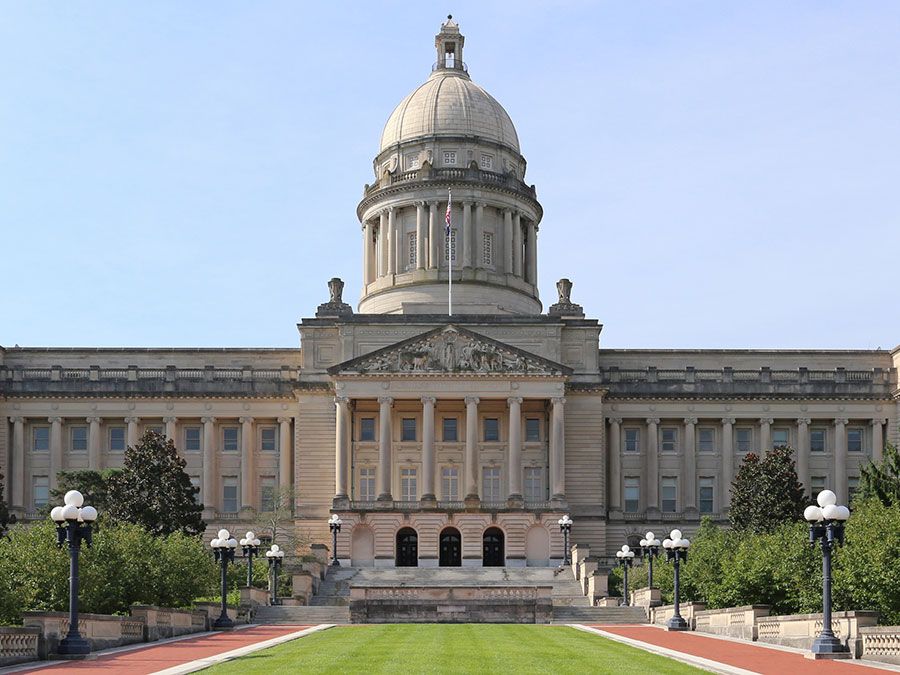
Much of the city is built on land reclaimed from the bay. Notable institutions include the Parliament buildings (among them the distinctive “Beehive” building), the National Library, the City Gallery Wellington (housing contemporary art), and the New Zealand Academy of Fine Arts (featuring the work of New Zealand artists). Te Papa Tongarewa, the national museum, moved to new quarters in 1998. The zoo and botanical gardens feature local species. The Old Government Building (built in 1876) is one of the world’s largest wooden structures. Wellington is the home of the Royal New Zealand Ballet and the National Symphony Orchestra. Pop. (2006) city, 178,671; urban agglom., 397,974; (2012 est.) city, 201,300; urban agglom., 395,600.

